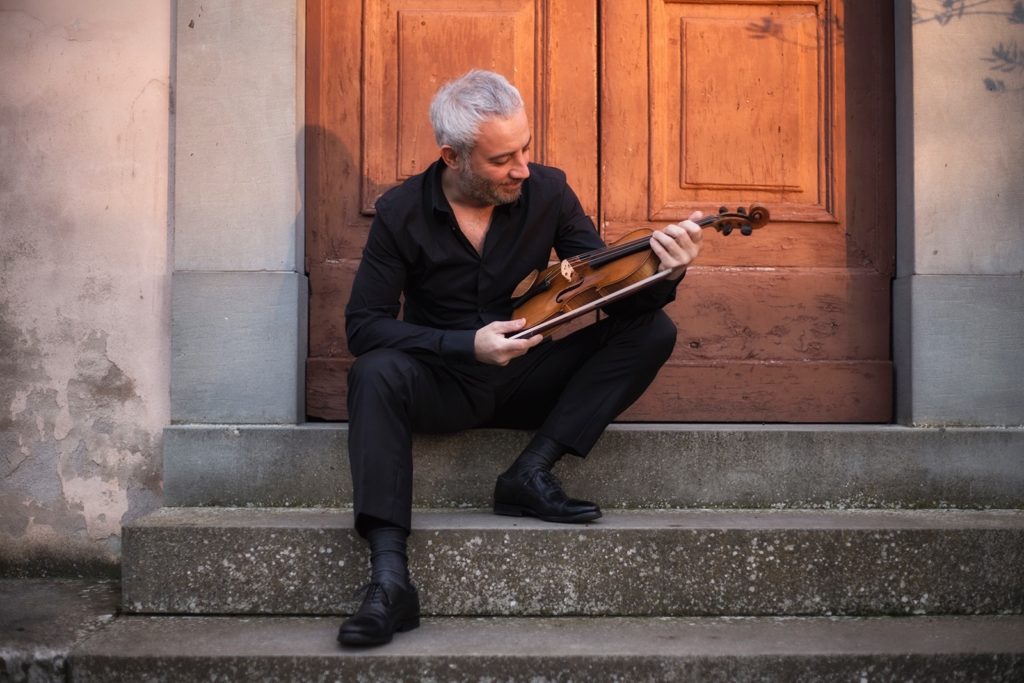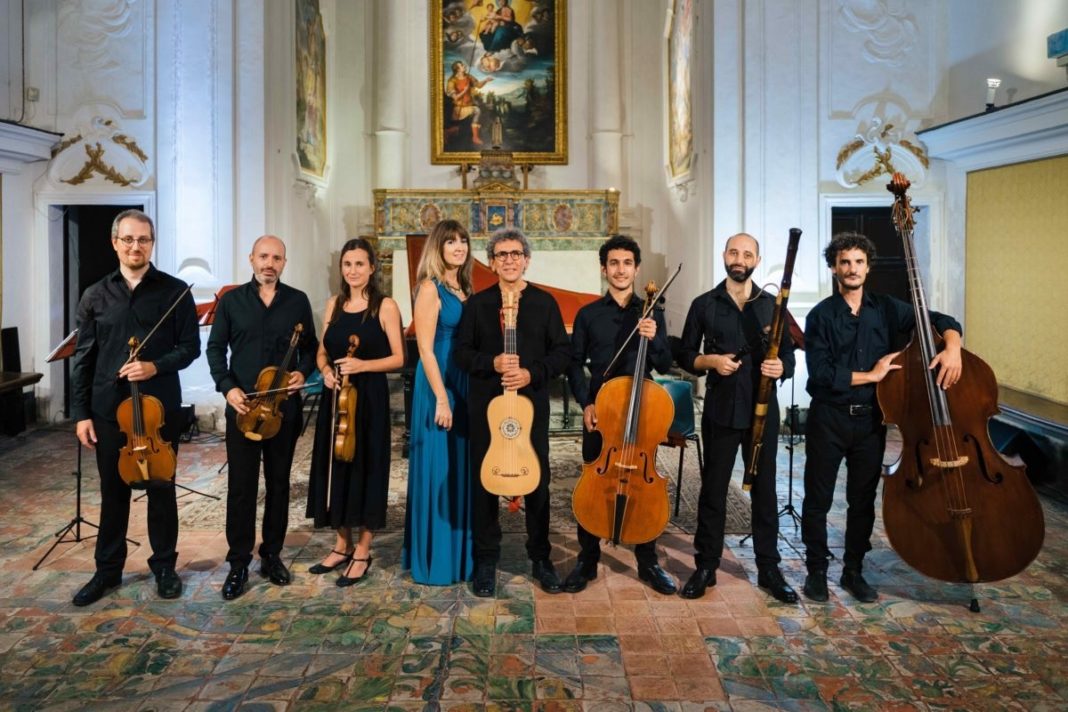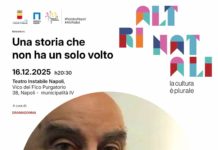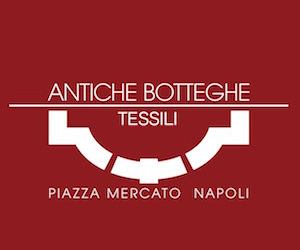Soave sia il vento. Così… fan tutti. A Sorrento la quarta edizione, nella Chiesa dei Servi di Maria, oggi giovedì 12 giugno, alle 20.00, Stefano Barneschi, violino solista e concertatore, e l’Arianna Art Ensemble, proporranno una magistrale lettura interpretativa delle Quattro stagioni di Antonio Vivaldi.
Riviono nel terzo centenario della loro pubblicazione (1725) i quattro celebri concerti per violino solista e archi, capolavoro del primo Settecento, che sono accompagnati da sonetti esplicativi che guidano l’ascolto retorico dell’opera. Ogni stagione prende vita attraverso la varietà timbrica e la sensibilità stilistica dell’ensemble, offrendo un’esperienza coinvolgente e senza tempo.
Vivaldi trasforma le stagioni in suono e la natura in racconto. Le Quattro Stagioni non sono solo musica: sono teatro, poesia, immaginazione, in un dialogo tra uomo e paesaggio che resta, ancora oggi, straordinariamente attuale.
L’esecuzione si apre con La Primavera, un’esplosione di vitalità in cui il primo movimento, brillante e gioioso, evoca il canto degli uccelli e il fluire sereno dei ruscelli, spezzati da un temporale improvviso, restituito con vigore dall’orchestra. Il Largo centrale introduce un’atmosfera sospesa e contemplativa, mentre il movimento conclusivo si anima di ritmi danzanti e scene campestri che restituiscono la leggerezza e l’incanto della stagione.
Con L’Estate, il clima musicale si fa più inquieto e drammatico. La varietà dinamica e agogica del primo movimento restituisce l’afa estenuante e l’ansia per i cambiamenti del tempo. L’Adagio centrale offre un momento di apparente calma, dove il violino solista intona una melodia dolce, sospesa sul tremolio degli archi che allude al ronzio degli insetti. La tensione esplode nell’Allegro finale, una violenta tempesta estiva resa con straordinaria energia attraverso figurazioni rapide e incisive.
In Autunno, la musica si fa racconto della vendemmia, tra danze, canti e la scena vivace della caccia, con effetti sonori di grande forza descrittiva.
Il ciclo si chiude con L’Inverno, in cui contrasti dinamici e raffinate scelte timbriche evocano il gelo, il calore domestico e l’instabilità del camminare sul ghiaccio, offrendo una conclusione intensa e suggestiva. Il Largo centrale offre un’immagine intima del calore domestico, mentre i pizzicati degli archi imitano la pioggia battente. L’Allegro finale restituisce la sensazione di camminare incerti su ghiaccio e neve, mentre un vento gelido scuote l’aria, chiudendo il ciclo con forza e intensità.
Domenica 29 giugno, alle 20.00, l’orchestra giovanile Mozart Lab con la direzione di Antonio Maione si esibirà in “Viaggio in Italia”, un omaggio al soggiorno partenopeo di Mozart a Napoli e di Edvard Grieg a Sorrento. Qui il compositore norvegese trovò nella bellezza mediterranea e nel folklore locale nuova linfa per le sue ultime pagine pianistiche.
Soave sia il Vento è un progetto curato e sostenuto dalla Fondazione Pietà de’ Turchini con la direzione artistica di Maria Federica Castaldo, dalla Venerabile Congregazione dei Servi di Maria, con il patrocinio del Comune di Sorrento e della Città Metropolitana di Napoli e con il contributo di Moccia Irme S.p.A. Ingresso libero fino a esaurimento posti.
Per saperne di più
tel 081402395
turchini.it

Pietà de’ Turchini/ Sorrento, Soave sia il vento: Vivaldi’s 4 Seasons with Stefano Barneschi and the Arianna Art Ensemble
Soave sia il Vento. Così… fan tutti. In Sorrento the fourth edition, in the Church of the Servants of Mary, today Thursday the 12th of June, at 8.00 pm, Stefano Barneschi, solo violin and concertmaster, and the Arianna Art Ensemble, will offer a masterly interpretative reading of the Four Seasons by Antonio Vivaldi.
The four famous concertos for solo violin and strings, a masterpiece of the early eighteenth century, are revived in the third centenary of their publication (1725), which are accompanied by explanatory sonnets that guide the rhetorical listening of the work. Each season comes to life through the variety of timbres and the stylistic sensitivity of the ensemble, offering an engaging and timeless experience.
Vivaldi transforms the seasons into sound and nature into a story. The Four Seasons are not just music: they are theater, poetry, imagination, in a dialogue between man and landscape that remains, even today, extraordinarily current.
The performance opens with La Primavera, an explosion of vitality in which the first movement, bright and joyful, evokes the song of birds and the serene flow of streams, broken by a sudden storm, vigorously restored by the orchestra. The central Largo introduces a suspended and contemplative atmosphere, while the final movement is animated by dancing rhythms and country scenes that restore the lightness and enchantment of the season.
With L’Estate, the musical climate becomes more restless and dramatic. The dynamic and agogic variety of the first movement restores the exhausting heat and anxiety for the changes in the weather. The central Adagio offers a moment of apparent calm, where the solo violin intones a sweet melody, suspended on the trembling of the strings that alludes to the buzzing of insects. The tension explodes in the final Allegro, a violent summer storm rendered with extraordinary energy through rapid and incisive figurations.
In Autumn, music becomes the story of the grape harvest, with dances, songs and the lively hunting scene, with sound effects of great descriptive power.
The cycle ends with Winter, in which dynamic contrasts and refined choices of timbre evoke the frost, domestic warmth and the instability of walking on ice, offering an intense and evocative conclusion. The central Largo offers an intimate image of domestic warmth, while the pizzicatos of the strings imitate pouring rain. The final Allegro conveys the sensation of walking uncertainly on ice and snow, while an icy wind shakes the air, closing the cycle with strength and intensity.
On Sunday the 29th of June, at 8:00 pm, the Mozart Lab youth orchestra conducted by Antonio Maione will perform “Viaggio in Italia”, a tribute to Mozart’s stay in Naples and Edvard Grieg’s stay in Sorrento. Here the Norwegian composer found new life in the Mediterranean beauty and local folklore for his last piano pages.
Soave sia il Vento is a project curated and supported by the Pietà de’ Turchini Foundation with the artistic direction of Maria Federica Castaldo, by the Venerable Congregation of the Servants of Mary, with the patronage of the Municipality of Sorrento and the Metropolitan City of Naples and with the contribution of Moccia Irme S.p.A. Free admission until seats are taken.










